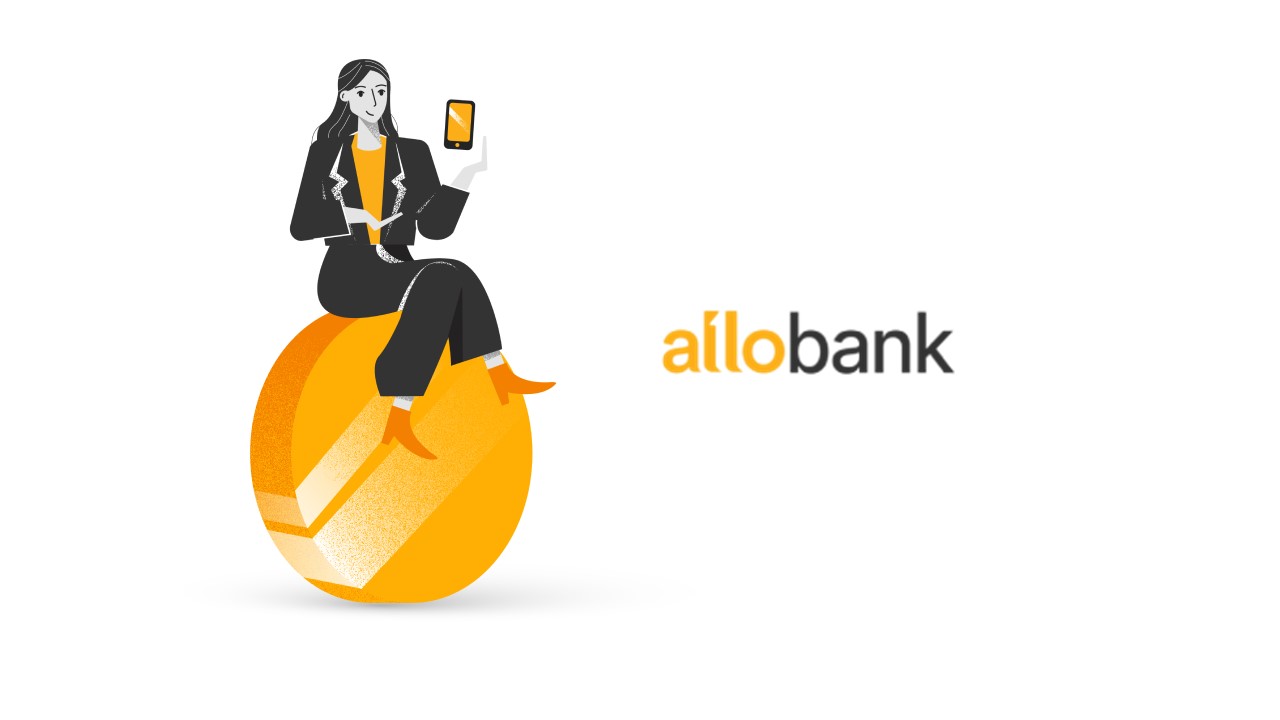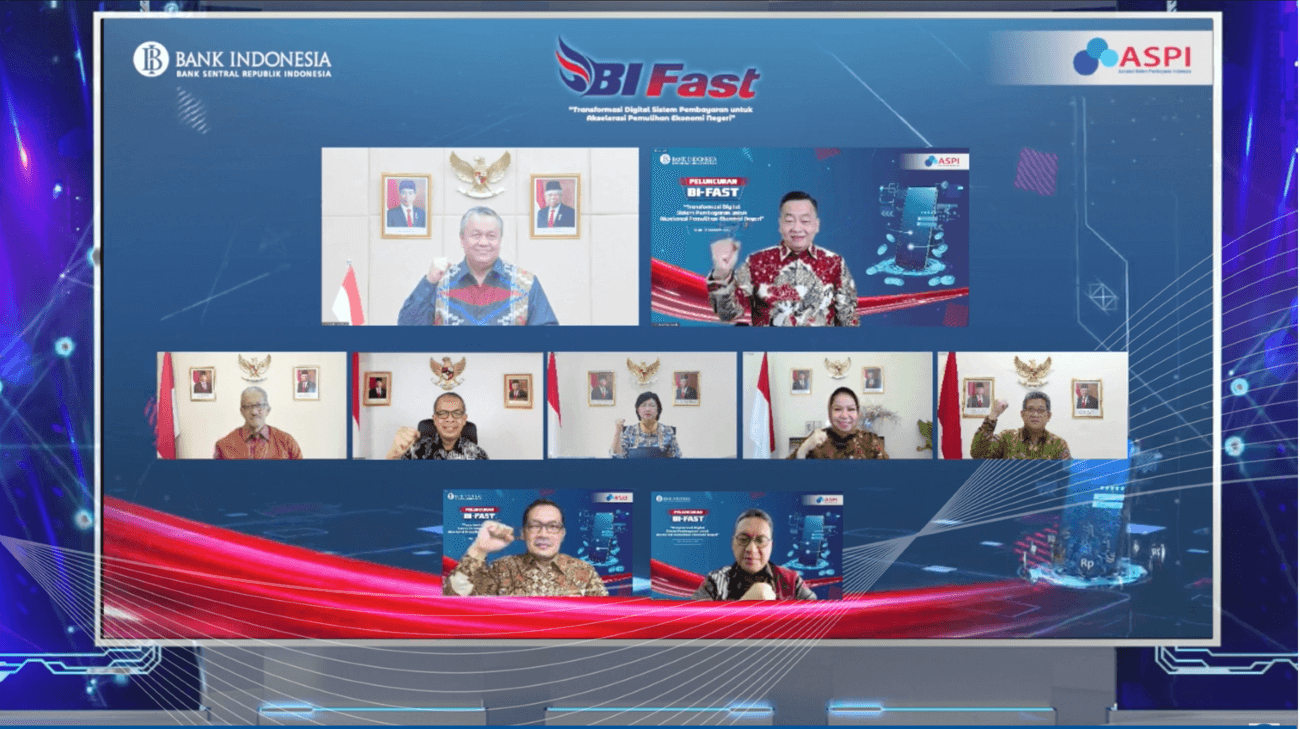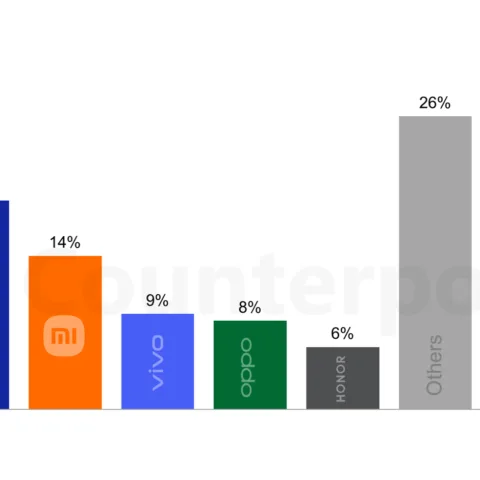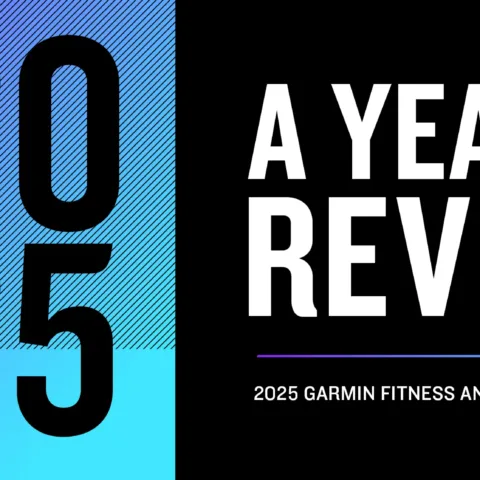 Several days before, I share on Twitter about the cooperation between (finally) two biggest banks in Indonesia – based on the number of the customer. Bank Mandiri and Bank Central Asia will make their customers able to do inter-transaction via ATM since yesterday, October 11th, 2011. This interconnection can be done through Prima and Link network. Link is an assemblage of public banks consists of Bank Mandiri, BRI, BNI, and BTN.
Several days before, I share on Twitter about the cooperation between (finally) two biggest banks in Indonesia – based on the number of the customer. Bank Mandiri and Bank Central Asia will make their customers able to do inter-transaction via ATM since yesterday, October 11th, 2011. This interconnection can be done through Prima and Link network. Link is an assemblage of public banks consists of Bank Mandiri, BRI, BNI, and BTN.
Many people have waited for this policy. Thus, almost every bank is connected, including using the “ATM Bersama”. However, it is not the end of the banking condition and payment system in Indonesia. It is the beginning of the synergy of payment system in Indonesia which is called as National Payment Gateway (NPG).
National Payment Gateway is regulated by Biro Kebijakan Sistem Pembayaran Bank Indonesia
(The Bank Indonesia Bureau of Payment System). As stated by the head of the bureau, Aribowo, as released on some media last June, NPG is the payment canal in which ATM, mobile banking, and internet banking will be united. It is projected to be implemented in 2013. NPG will not be managed by Bank Indonesia (BI) but by the operator of payment industry (and banking in general).
By far, there are three payment operators known. They are Artajasa that manages ATM Bersama. Rintis Sejahtera that manages Prima, and Daya Network Lestari that manages ALTO. By now, (unfortunately) BI has not appointed which operator will be the organizer of the NPG, although the implementation is quite near, only next two years.
Until now, we have not received the exact description about how the NPG will be built. However, the conception we have is the integration and synergy like this: every transaction, both debit or credit, using any payment method (ATM, mobile, internet) in domestic or foreign country will use the NPG interfacing.
After the implementation, I think the effect of the NPG implementation is the reliable security, transaction easiness, lower charge (because the connected network and the global cooperation). The e-commerce business can take advantages from this integrated system. It makes every transaction will be integrated and easy to be traced. Online transaction will be more fun. Third party payment can be implemented based on the provided interfacing.
As for reference, banks in Singapore set up NETS and eNETS to implement the online payment system in 2003. eNETS even succeeded to help the similar implementation in Hongkong and Makau. BI is going to see the NPG implementation in neighboring countries that are connected with eNETS to get further information. It is still far from the realization. It needs understanding and commitment between government, banking, and payment system operator on how all system can work perfectly.










